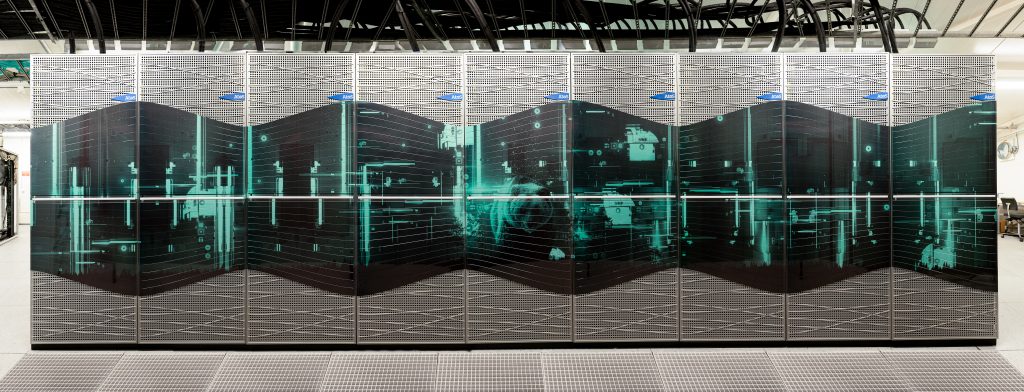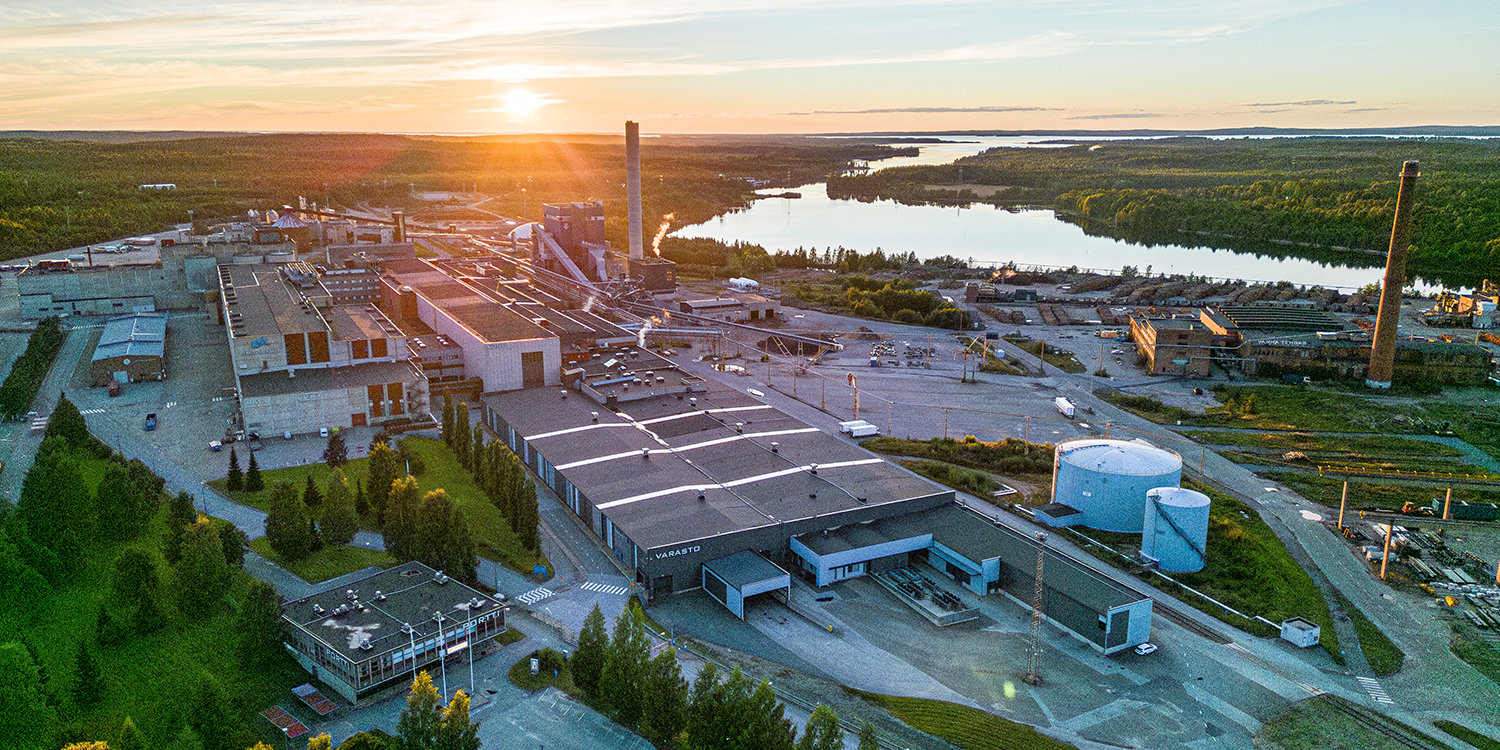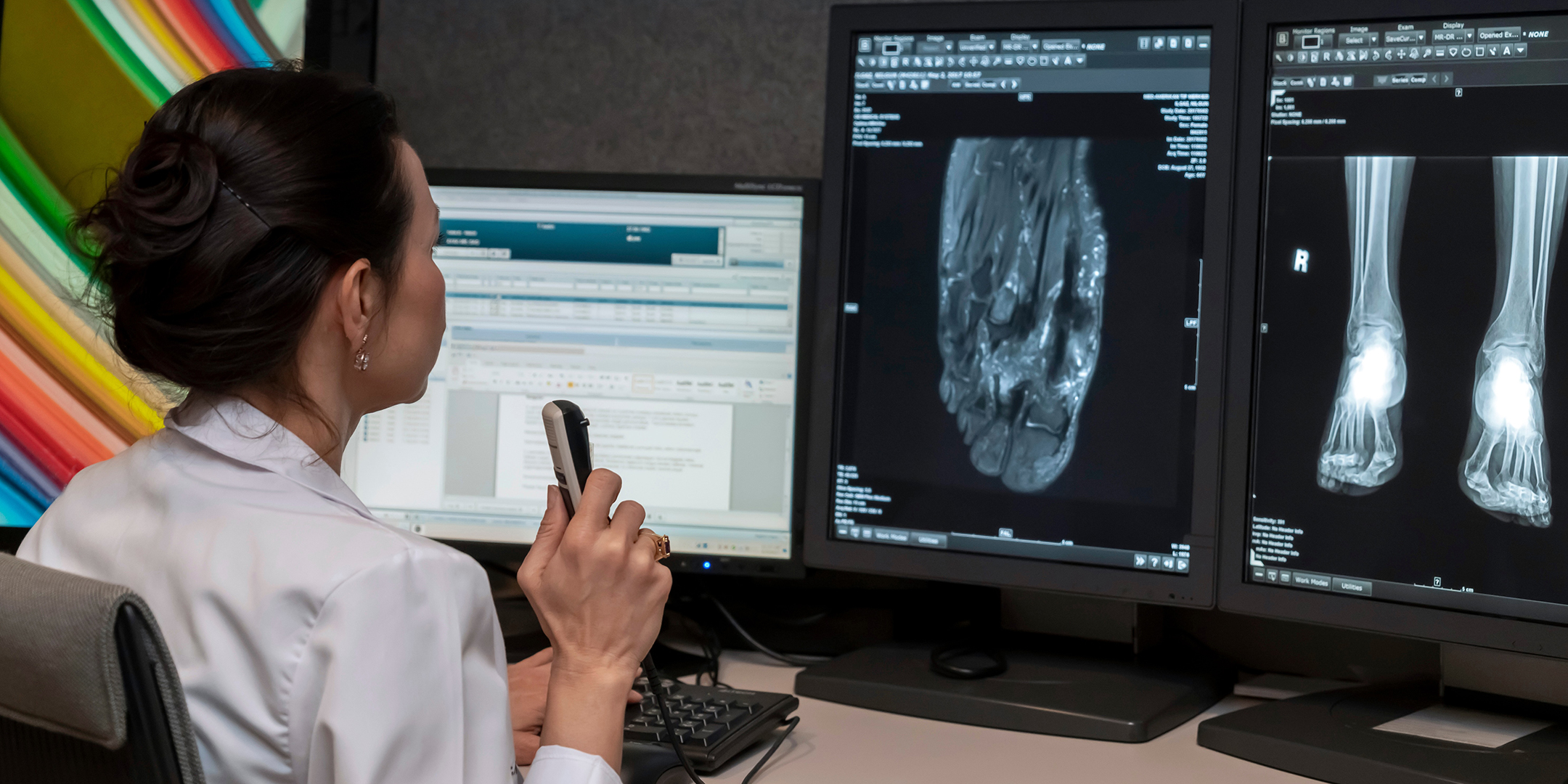
Finnish supercomputers: Mahti and Puhti
A supercomputer is an important research tool in modern science. Supercomputer simulations enable quick and cost-effective research of phenomena that would otherwise be expensive or difficult, or even impossible, to study.
Supercomputing will be widespread in all fields of science
Finland’s national supercomputers comprise CSC’s Mahti and Puhti, together with their artificial intelligence partitions Mahti-AI and Puhti-AI. Supercomputer users – researchers at higher education institutions and research institutes – need the enormous computing power of supercomputers to conduct cutting-edge research in many data and computing intensive disciplines, such as pharmaceutical research and climate sciences.
The use of supercomputers, or high-performance computing, is becoming more widespread in all fields of science, and access to efficient computing resources significantly speeds up research. Higher education institutions also use supercomputers for teaching purposes.

Mahti is a robust supercomputer which was deployed in CSC’s national computing environment in August 2020. Mahti is intended for medium and large scale simulations that require high computing performance and a very fast interconnection network. Mahti’s GPU accelerated partition, Mahti-AI, is intended specifically for big data processing, AI research and AI applications.
Puhti is a general-purpose supercomputer deployed in September 2019. It is highly suitable for a wide range of uses from interactive data analysis to medium scale simulations. A wide range of scientific software has been installed on Puhti, ready for scientists to use. Puhti also has a partition for AI use, or Puhti-AI.
Web interfaces built for both supercomputers (puhti.csc.fi, mahti.csc.fi) make them easy to use. Researchers can log into CSC’s customer portal at my.csc.fi to apply for access to supercomputing resources.
What is a supercomputer?
A supercomputer is one of the world’s fastest-performing computers. One of the criteria is making it to the list of the world’s top 500 supercomputers https://www.top500.org/lists/. The computing power of supercomputers is expressed as flops, or calculations per second. This abbreviation stands for floating point operations per second. A floating point number is the number format used in computing.
The performance of a supercomputer depends largely on its high-speed interconnect network and memory capacity rather than exclusively on its power and number of processors. Two types of processors are used in supercomputers: CPUs and GPUs. Of these, central processing units (CPU) are conventional general-purpose processors. Graphics processing units (GPU), which are newer and increasingly popular, were originally intended for graphics use. They are highly suitable for big data processing, data analysis and AI use.
The life cycle of a supercomputer is approximately five to six years.
More about Mahti and Puhti
CSC’s Mahti supercomputer is a BullSequana XH2000 system manufactured by Atos. Its CPU partition reaches 7.5 petaflops, or 7.5 quadrillion operations per second. The performance of Mahti-AI (GPU) is 2.0 Pflop/s. In total, Mahti has approx. 180,000 cores (CPU), and its processors are linked by a 200 Gbps interconnect network.
Puhti’s CPU partition achieves 1.8 Pflop/s performance, and the speed of its GPU-accelerated AI is 2.7 Pflop/s. Puhti is an X400 system manufactured by Atos.
Contact information

Sebastian von Alfthan
Sebastian von Alfthan is responsible for CSC’s national supercomputing services and develops the high-performance computing ecosystem.

Eeva Nyrövaara
Eeva Nyrövaara is a Customer Solution Manager for scientific computing.



